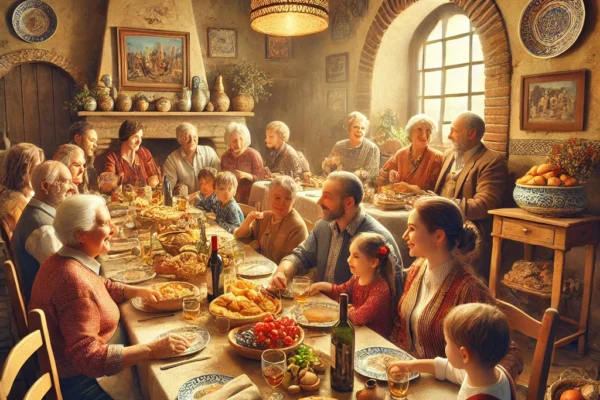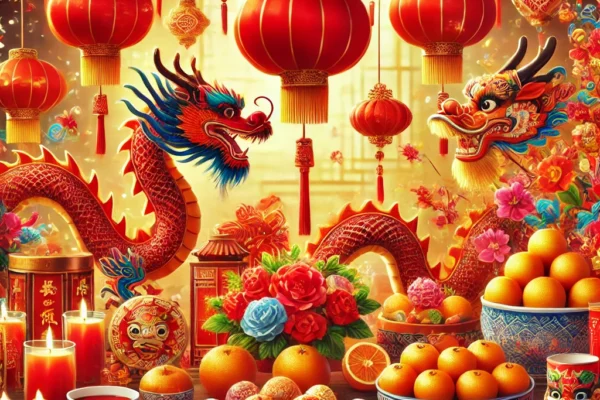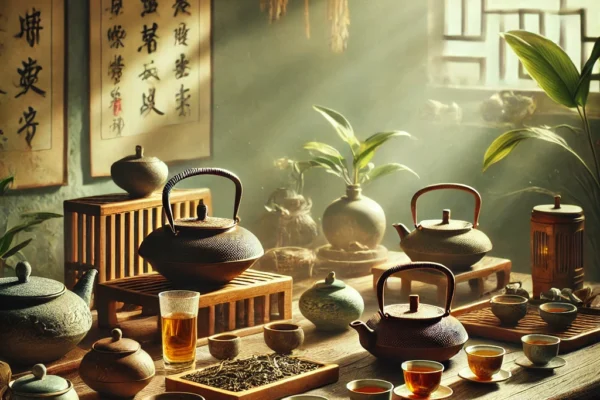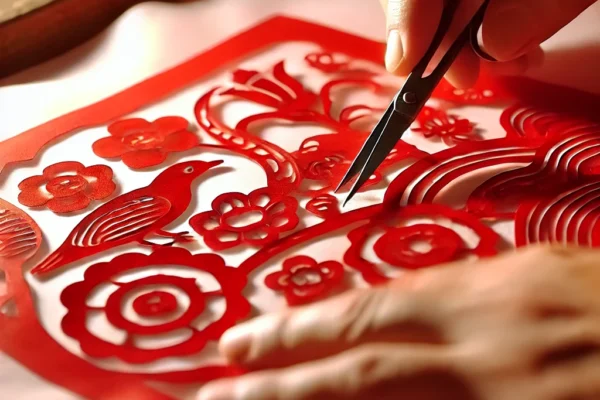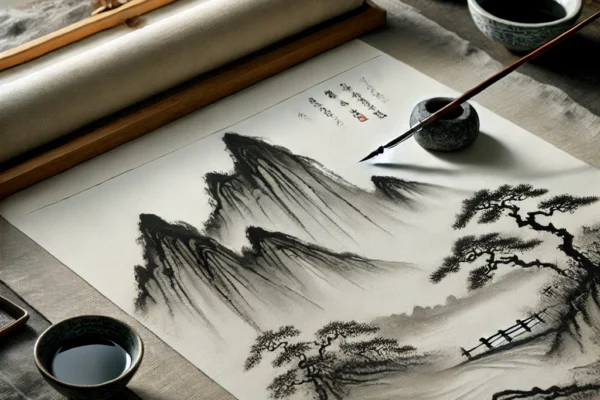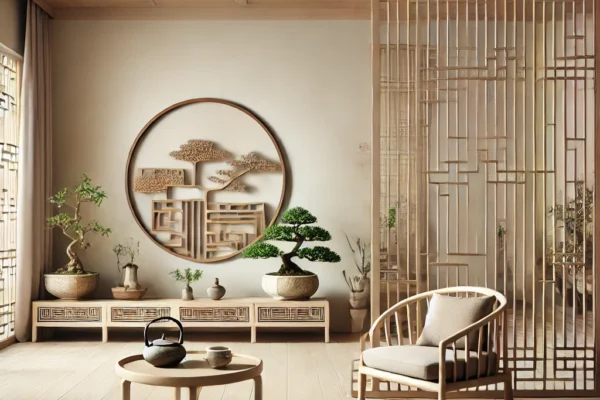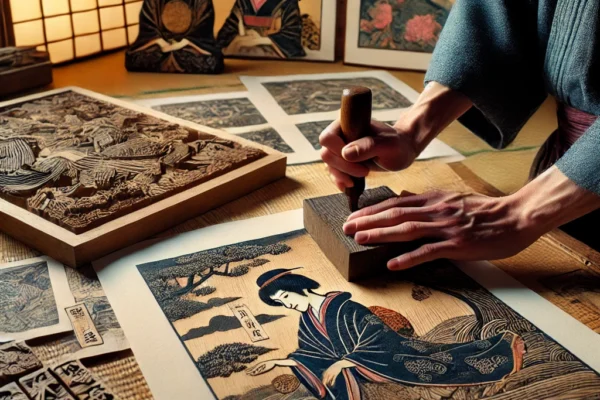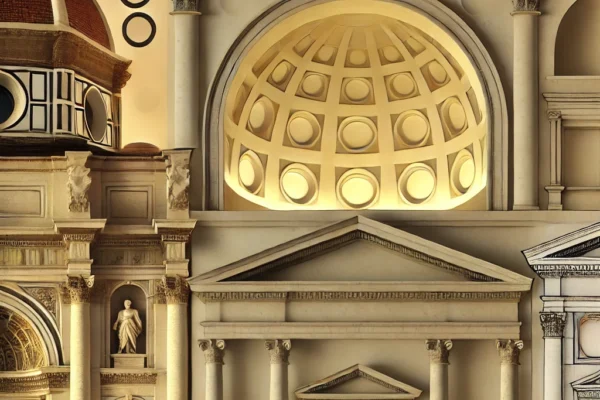
The Evolution of Italian Renaissance Architecture and Its Lasting Impact
Introduction to Italian Renaissance Architecture The Italian Renaissance architecture emerged during a significant cultural period that spanned from the 14th to the 17th centuries. This era marked a transformative shift within Europe, characterized by a renewed interest in classical antiquity and the embrace of humanism, which emphasized the potential of individual achievement and the study…

